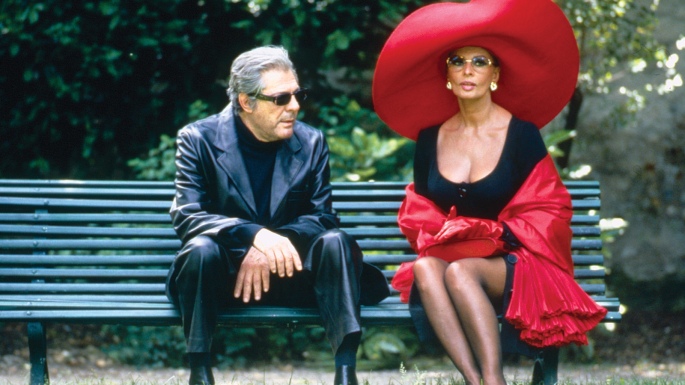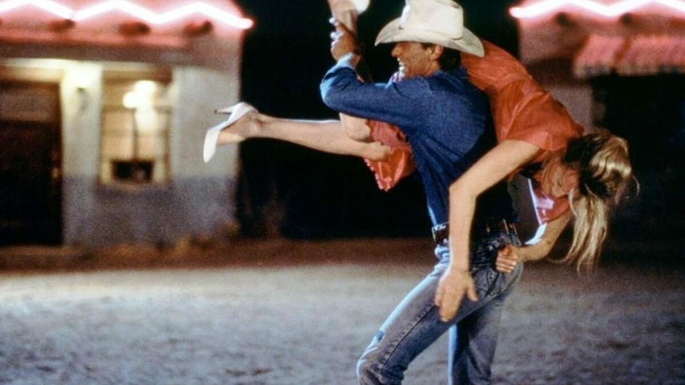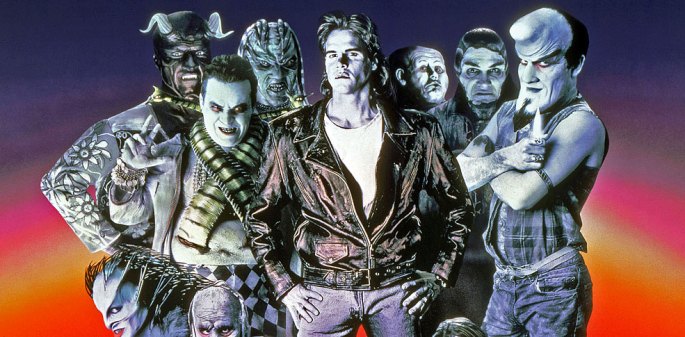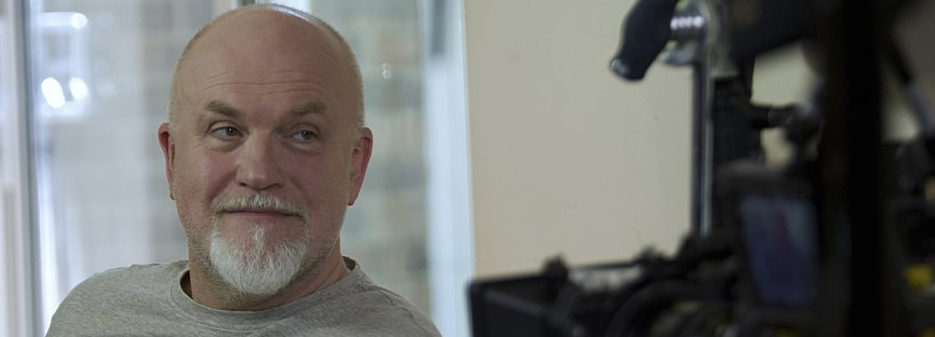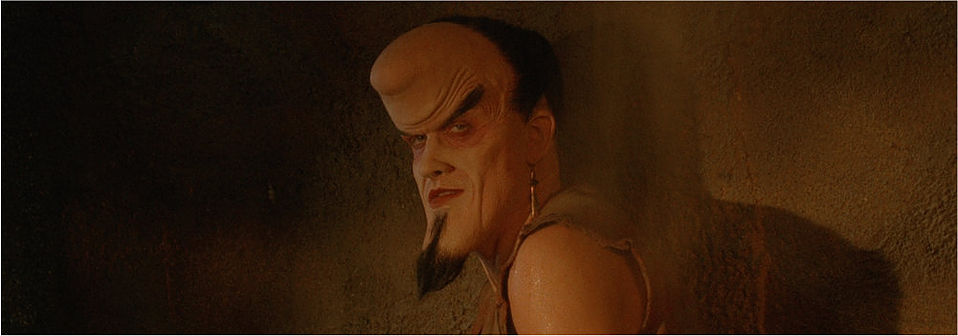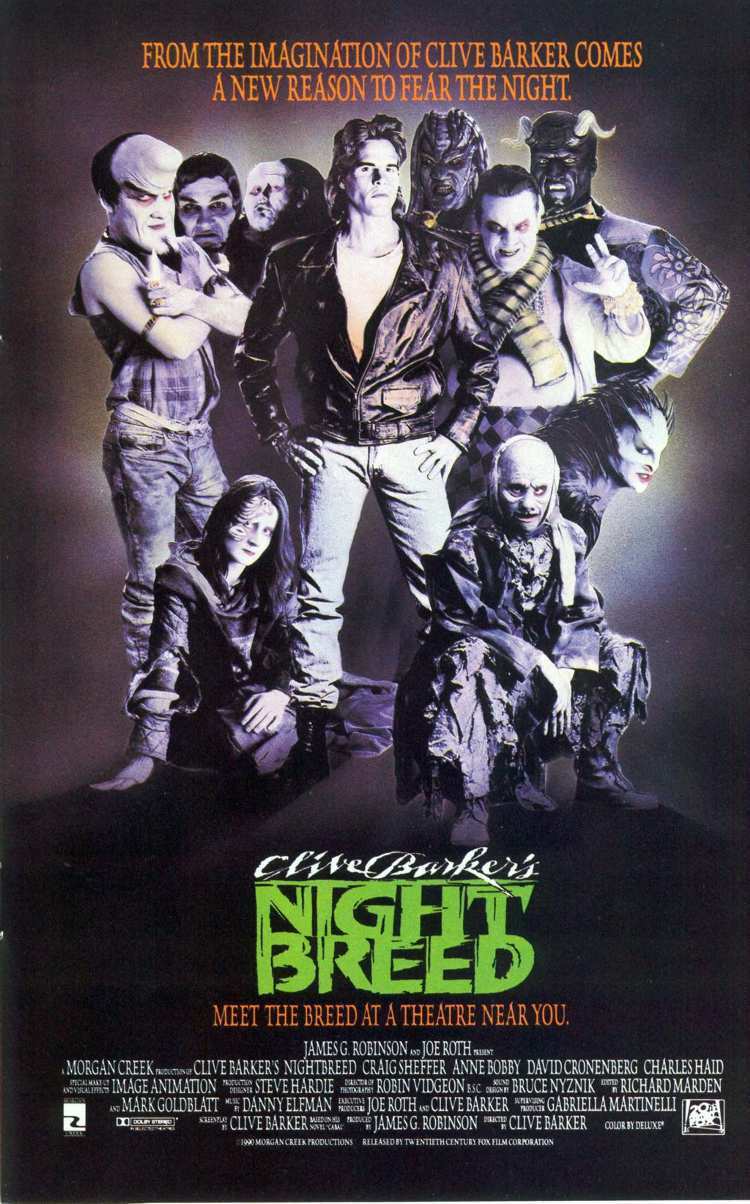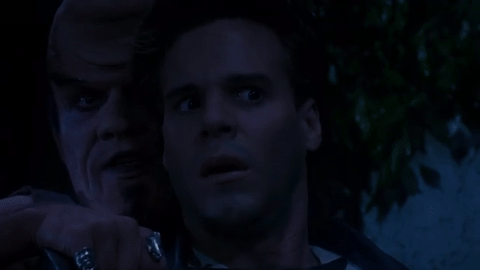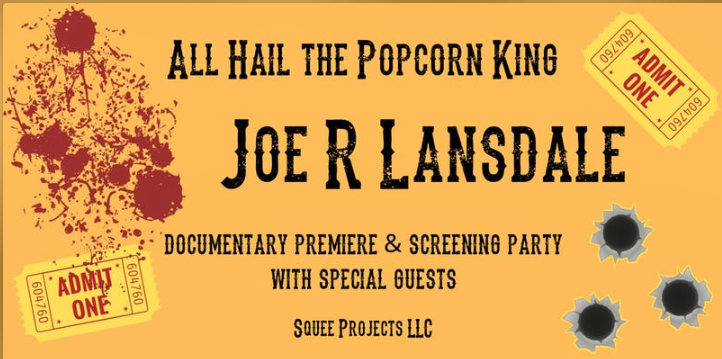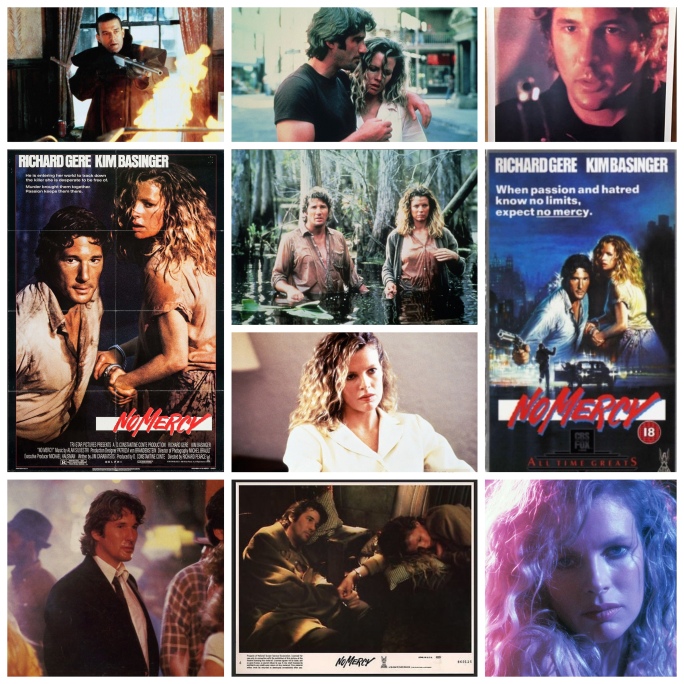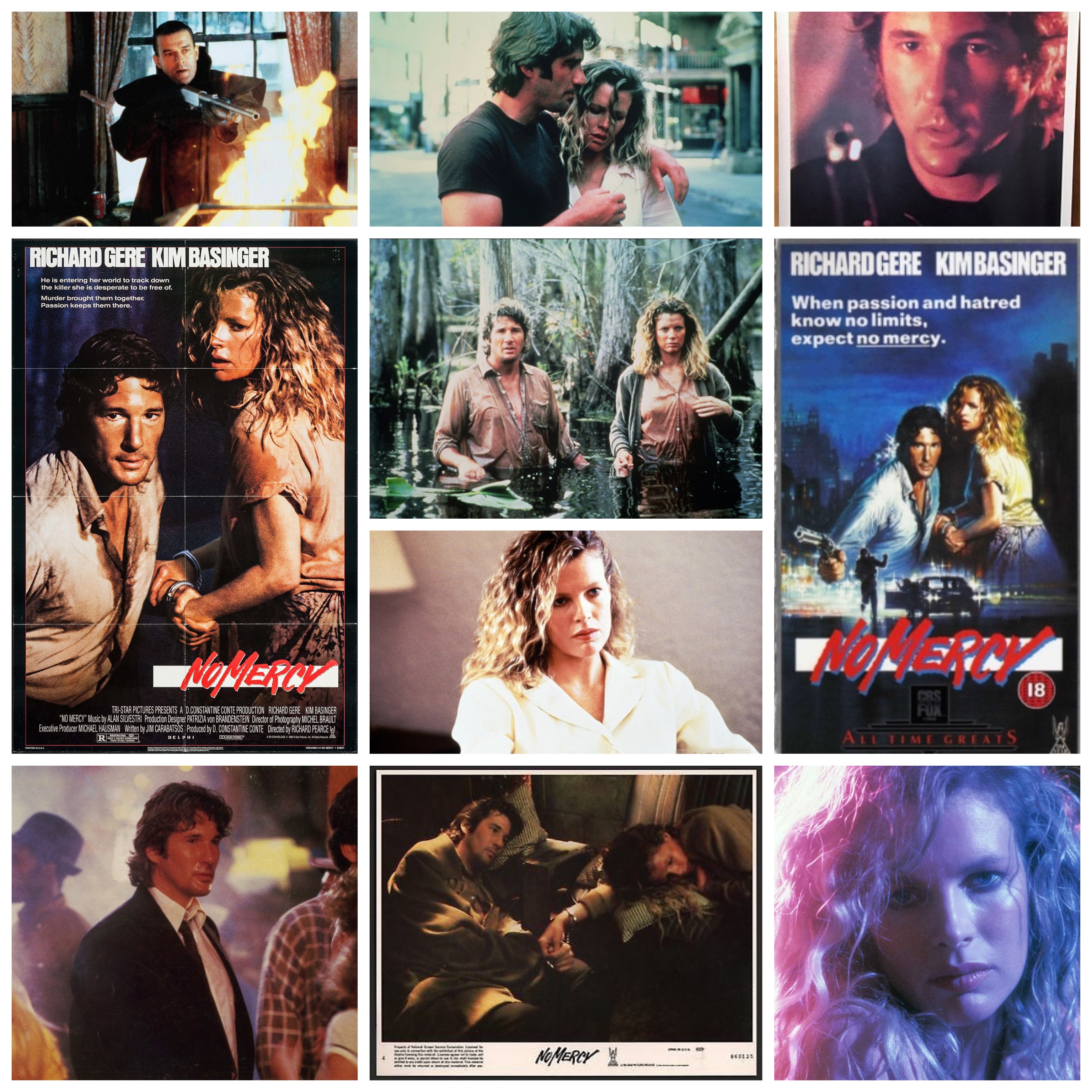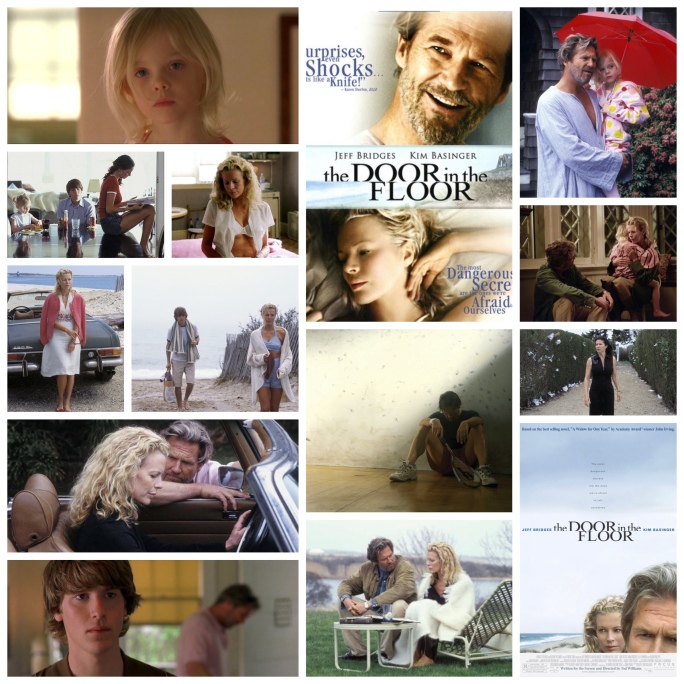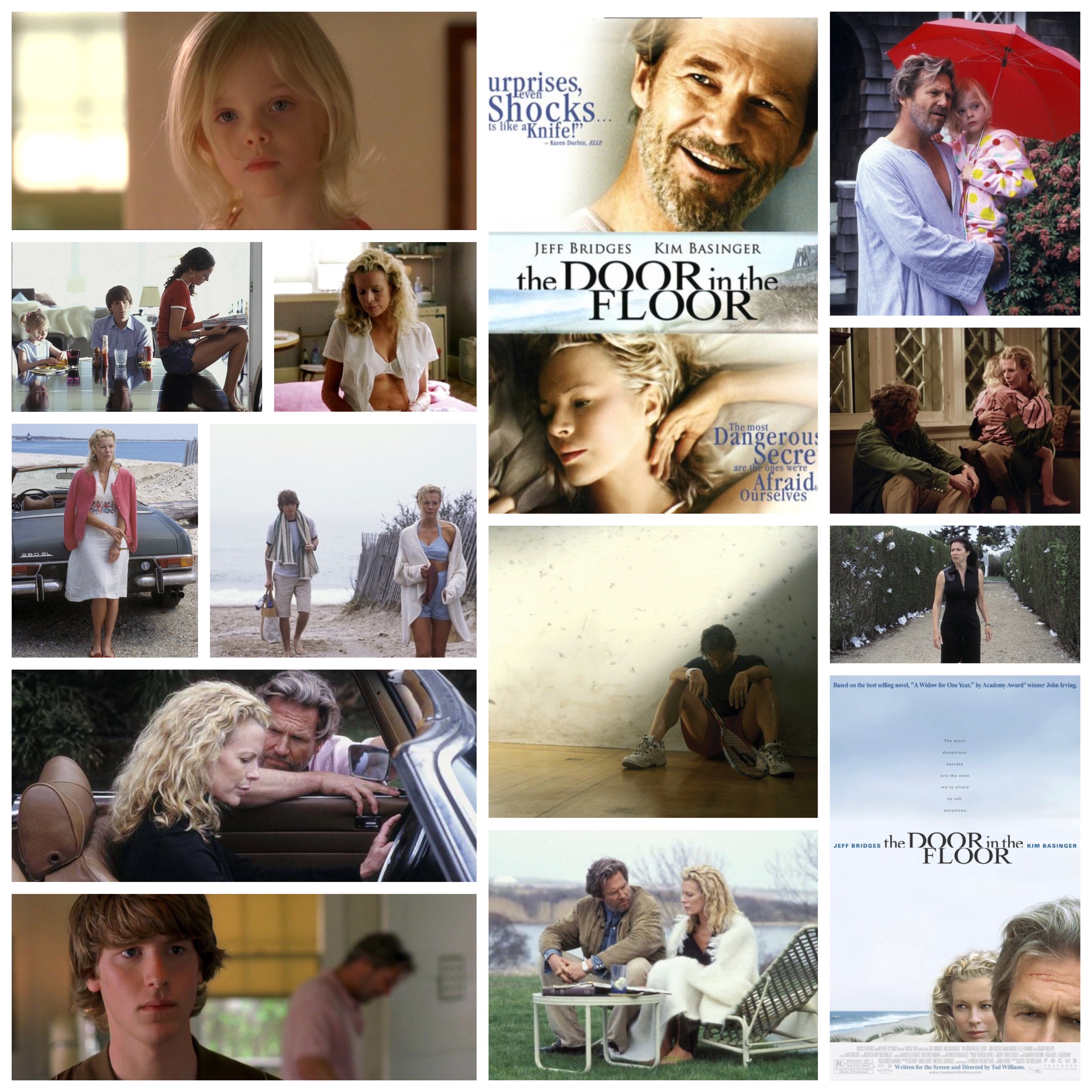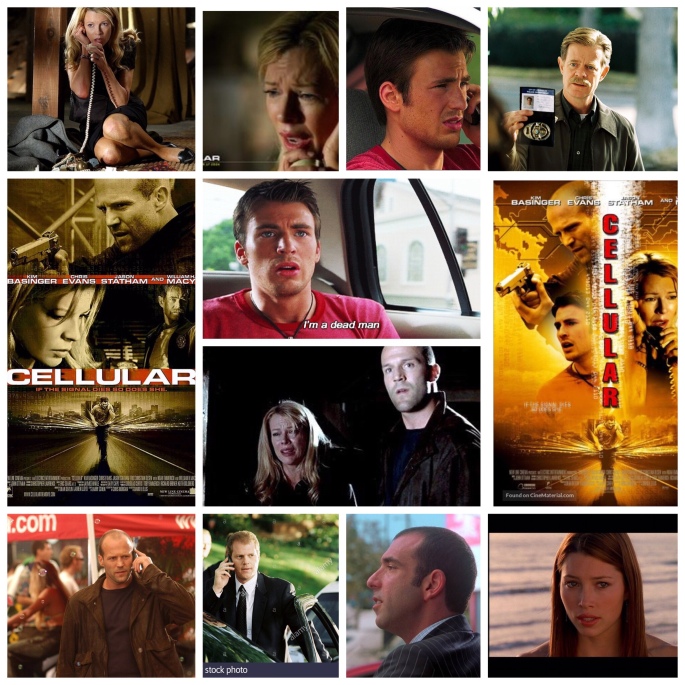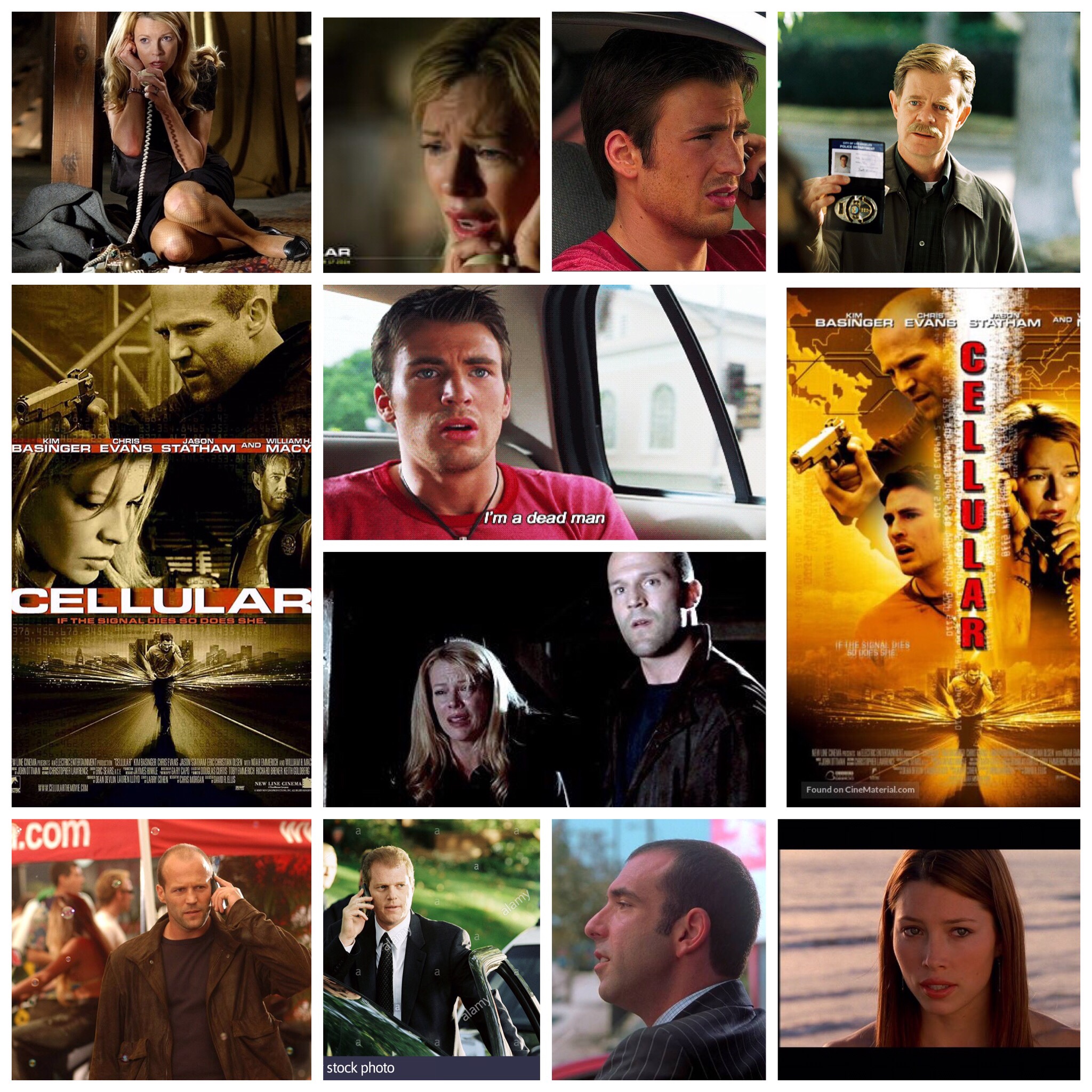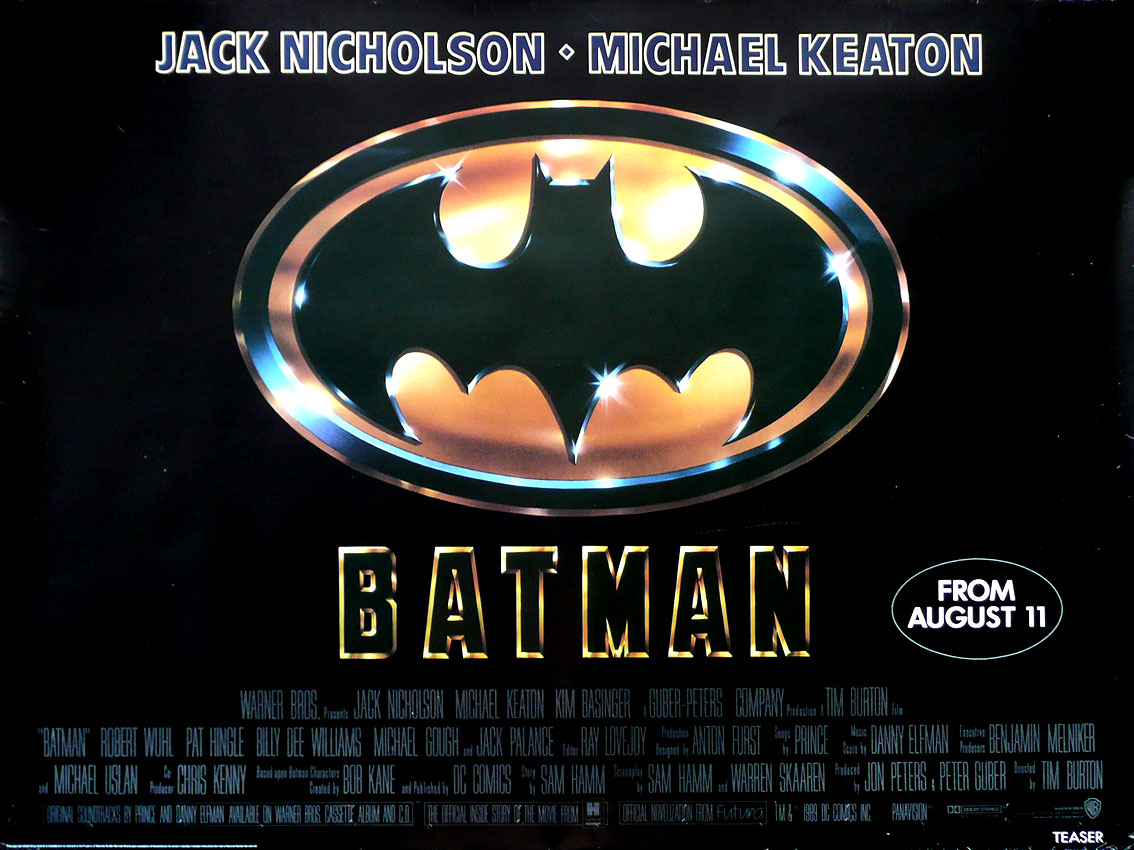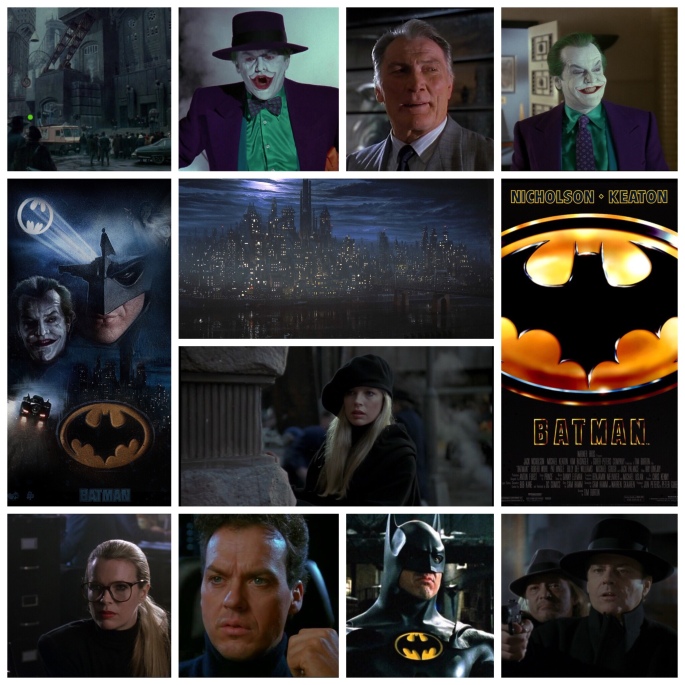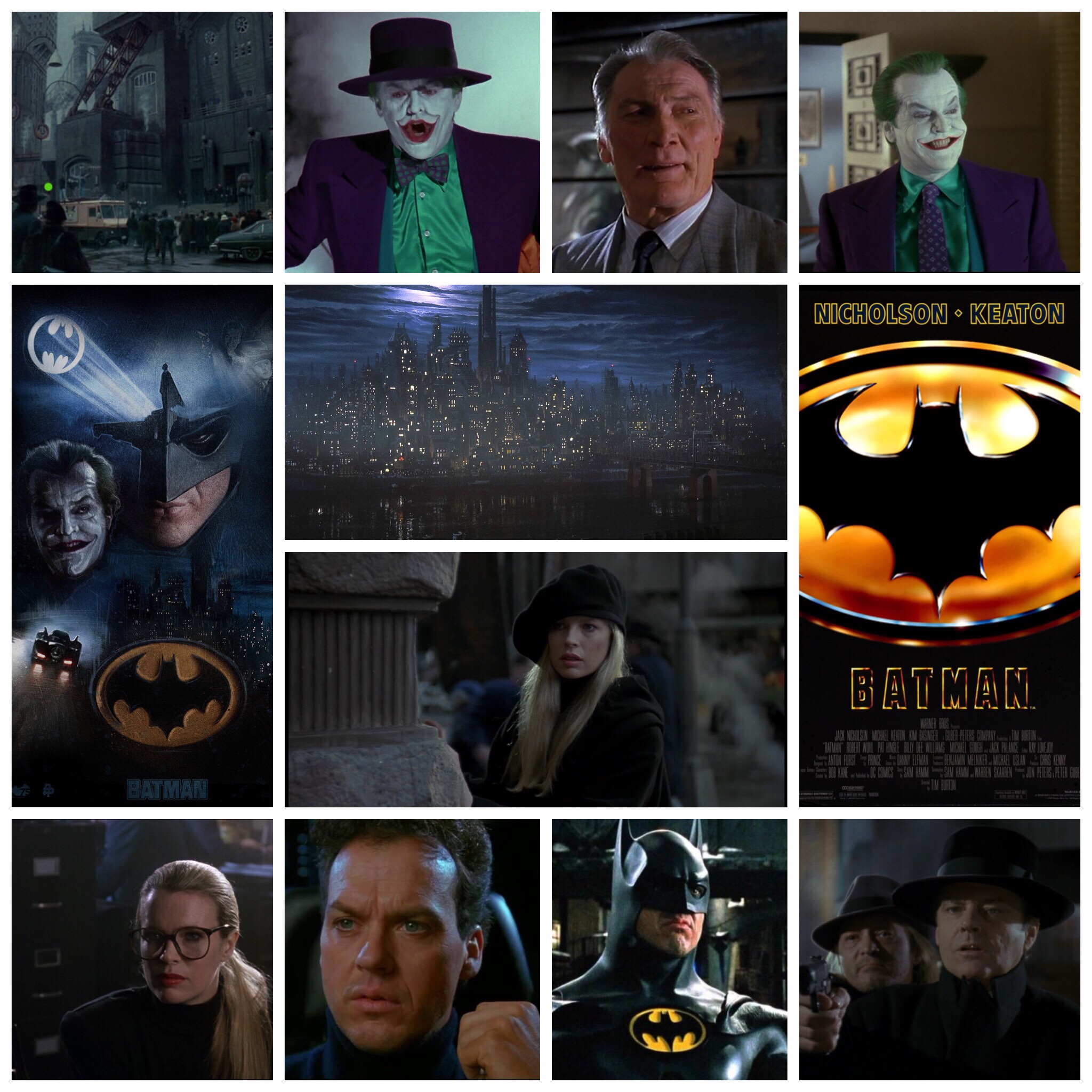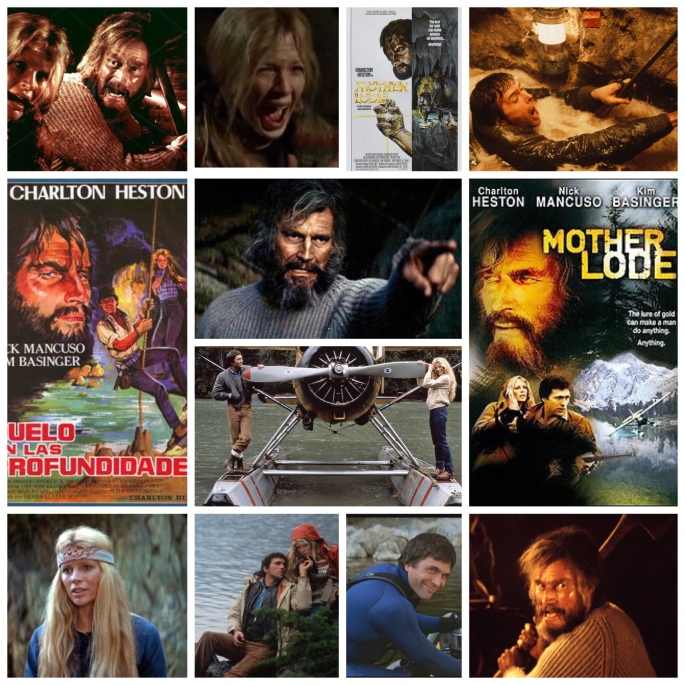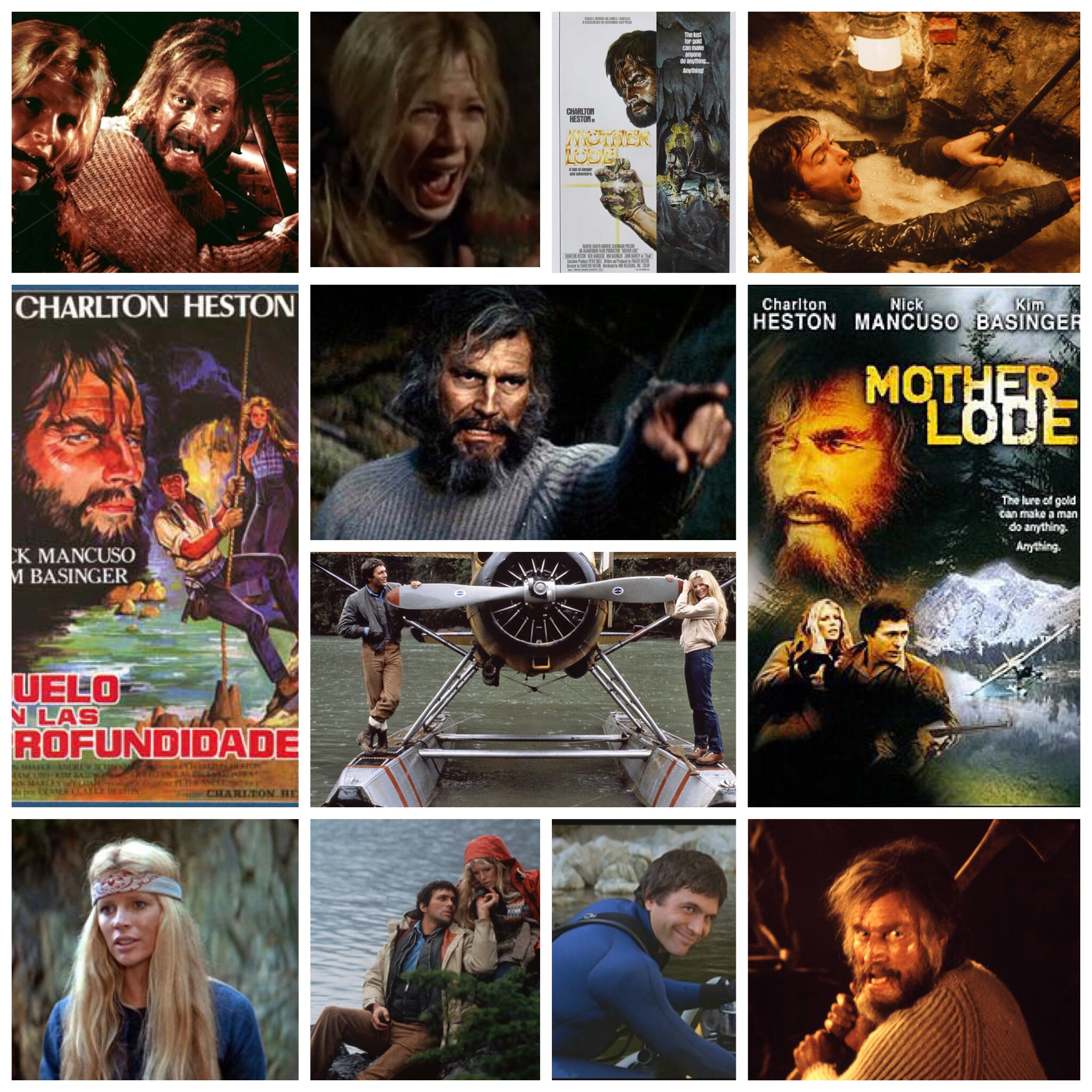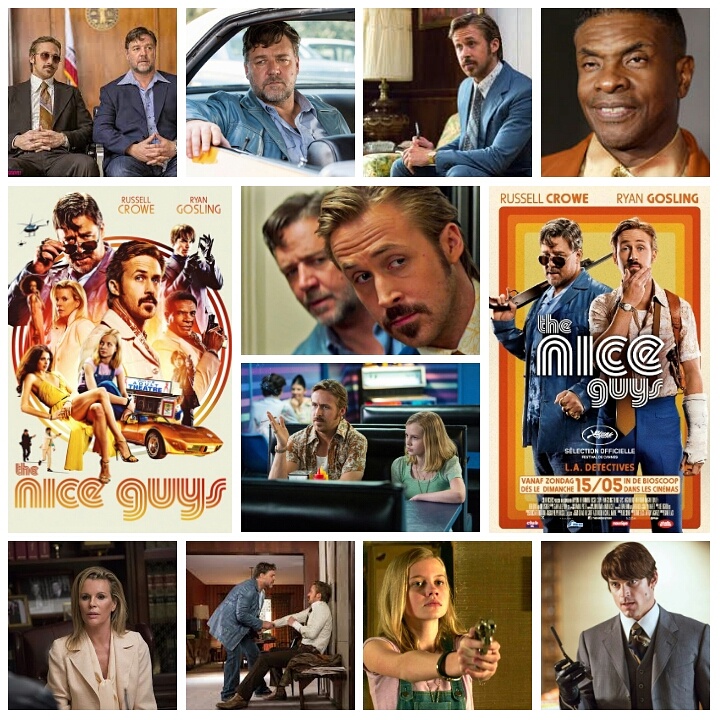Opening on an image that links fashion with death (“Poison”) and the purchase of two gaudy Christian Dior ties, an acerbic tone is immediately set for Robert Altman’s Ready to Wear (initially titled Prêt-á-Porter, which it retains in its opening credits). After all, a film that promises to take a gander at the world of the vacuous fashion industry through the eyes of Altman, one of filmmaking’s keenest observers of human nature no matter how ridiculous, comes front-loaded with delicious possibilities. Unfortunately, everyone (Altman included) looks like they’re having too much fun and in too good of spirit for any of it to land with much weight. Ultimately, this is a movie where looking good is primary. The inability to match any piece of clothing with the stupid tie at the beginning of the movie is the catalyst of the perpetual conflict in the film which is also its greatest flaw. Nothing matches and nothing fits. In the end, clothes become meaningless. Yeah, the world of fashion is all stupid and gouache but, honestly, who gives a fuck when time is short and life is so much fun? Fair enough. But if everything is such a trifle, why should I care about any of Ready to Wear and devote 132 minutes to it if it doesn’t say anything beyond the obvious?
Ready to Wear, like many other Altman films, is an ensemble, wide-canvassed affair in which a multitude of characters mill around a central location and we traverse the course of their lives over a fixed amount of time. In this instance, we find ourselves in France during Paris Fashion Week where armies of journalists, designers, models, photographers, and schmoozers will crawl all over each other and a bunch of dog shit to get the front row seat for a glimpse at the germination of what will be the style for next season. If the financially hectic and cacophonous world of commodity futures seems baffling but fascinating, the world of fashion seems eerily similar, just pitched on the other side of the spectrum. Instead of utilizing information and guesswork to set monetary benchmarks for certain products, what we wear today was based off of something high-end yesterday which got its idea from something ultimately unwearable and ridiculous that was salivated over and ambulated across a catwalk during Paris Fashion Week.
Like Nashville (1975) and HealtH (1980), Ready to Wear builds towards a Big Event conclusion. Unlike those two films, the road to that conclusion is fun but entirely inessential. Beginning with the choking death of the tremendously disliked fashion mogul, Olivier de la Fontaine (Jean-Pierre Cassel), and ending with the unveiling of Simone Lowenthal’s (Anouk Aimée) newest clothing line, the creme filling of Ready to Wear is sometimes rich and sometimes delicious but also messy beyond the point of charming and, curiously, not very filling. For Ready to Wear is a tapestry of various vacuums lacking a feeling of true integration for all of its parts. As bickering newspaper reporters full of as much piss and vinegar as they are devoid of professional or personal integrity, the two (Julia Roberts from the Houston Chronicle and Tim Robbins from the Washington Post) end up falling into a French mini-comedy that sticks them in the same hotel room they cannot seem to ever leave as drinking and fucking become the primary activities that rule supreme in their orbit. As cute as this bit is, it feels completely disconnected from the rest of the film.
And this is double ditto for the thread involving Teri Garr and Danny Aielllo which is only worthwhile for the appearance of both actors appearing in the same frame. In this thread, Garr is set up as a secret paramour to Aiello but the punchline that eventually arrives lands like a big “so what?” while trying to get more mileage out of a (better) visual gag from 1974 with Bert Remsen in California Split. In the instances of these two character couples, I can’t help but feel like both stories are loose strands that would have been better off cut from the whole picture which may have also tightened up the narrative, created more focus, and put this in the company of Altman’s sharp and unjustly maligned, aforementioned HealtH. As they stand, both give the game away and tip Ready to Wear more in the direction of a grand party on the edge of the end of the century and less a wickedly biting satire on the fashion industry. And, consequentiallly, their pieces bloat the project and dilute it of its venom.
I can also say the above applies to Kim Basinger’s arch performance as hick reporter Kitty Wells. Forever out of her depth and highlighting the world of high fashion as steeped in all kinds of invented eruditeness, her “cultured” subjects always juxtapose with her ridiculous, bumpkin patois (both syllables of Dior are blasted out of her mouth like a shotgun and given equal weight). Cute, but she’s just Opal from the BBC in a hillbilly skin and adds nothing to the project other than giving the then-in-demand Basinger a chance to work with Altman again.
While excess is the name of the game in Ready to Wear, Altman seems downright undisciplined in parts. The MacGuffin of hunting for the “murderer” of Cassell’s character feels lazy and, like the threads mentioned above, it would be relatively easy to excise. After all, we still have quite a bit of structure left regarding some palace intrigue surrounding Simone’s business due to the machinations of her ambitious son (Rupert Everett) and a comedy of errors regarding three fashion editors (Sally Kellerman, Linda Hunt, and Tracey Ullman) trying to court a pretentious and self-satisfied photographer (Stephen Rea). In both cases, these two pieces of Ready to Wear are the ones that bring out some of the film’s richest and funniest characters, both primary and secondary. Of course, it’s entirely possible that there is more footage that exists that would go a long way better integrating some of these elements (Kellerman said as much in the press at the time of the film’s release). Given that this is a Miramax film of a certain vintage, it would shock me none to find out that Altman learned the lesson that most all learned when passing through the now-disgraced House of Weinstein and that creative control was all illusory. In the end, this was the only time he worked with the company, taking his action to other, smaller indies for the remainder of his career.
The 90’s were more or less as if the hedonistic 70’s had returned from a vacation in the money hungry 80’s and Ready to Wear ultimately finds Robert Altman caught up in the giant spectacle of colorful and loud vapidity that colored the decade. In fact, this movie is probably the closest in spirit to a celebration of the 90’s that there ever was. In highlighting the outlandish and garish nature of the world of fashion, Altman unveils a shallow culture that doesn’t give a shit about politics, gender, sex, or anything else. Everything is a hustle in the pursuit of a good time which, obviously, runs on money. This is a film that says those things with some elements of criticism but this is also a film that was also a multi-media product generator as it was released alongside its mass market screenplay book from Hyperion Press (almost a staple with any Miramax film released in the 90’s) and its uncommonly hip (for an Altman joint) soundtrack, the latter a crass idea satirized by Altman in the opening credits of Nashville all those years ago.
Not without its own certain charm, Ready to Wear is by no means a bad movie. It’s just a phenomenally inconsequential one. For all of its light callbacks to previous Altman films, its charming moments (mostly all belonging to Sophia Loren and Marcello Mastroiannni), and is heavy emphasis on 90’s excess, the film feels like a soft confection wrapped up in opulent packaging. The end is explicitly articulated as the closing of a circle and Altman is a little ahead of the curve, but Ready to Wear’s denouement is a little more satisfyingly nihilistic than it is laugh-out-loud funny. If the idea of a clothing line that features no clothes seems like an unthinkable thing not worth considering, let me tell you about the vulgar game show host from Queens, New York who one day became the President of the United States.
(C) Copyright 2021, Patrick Crain
